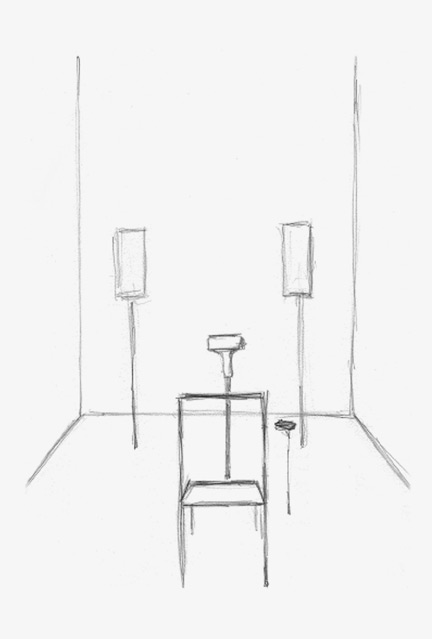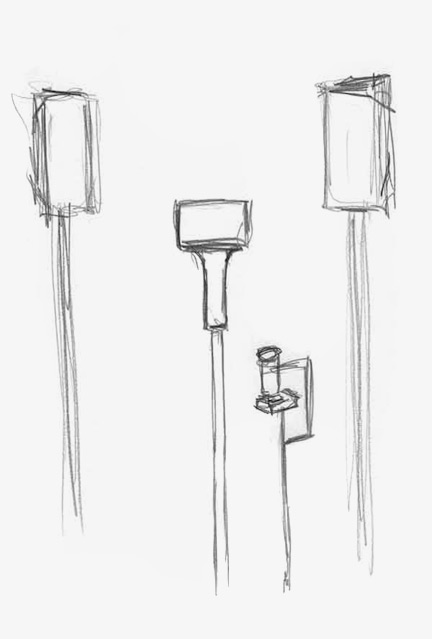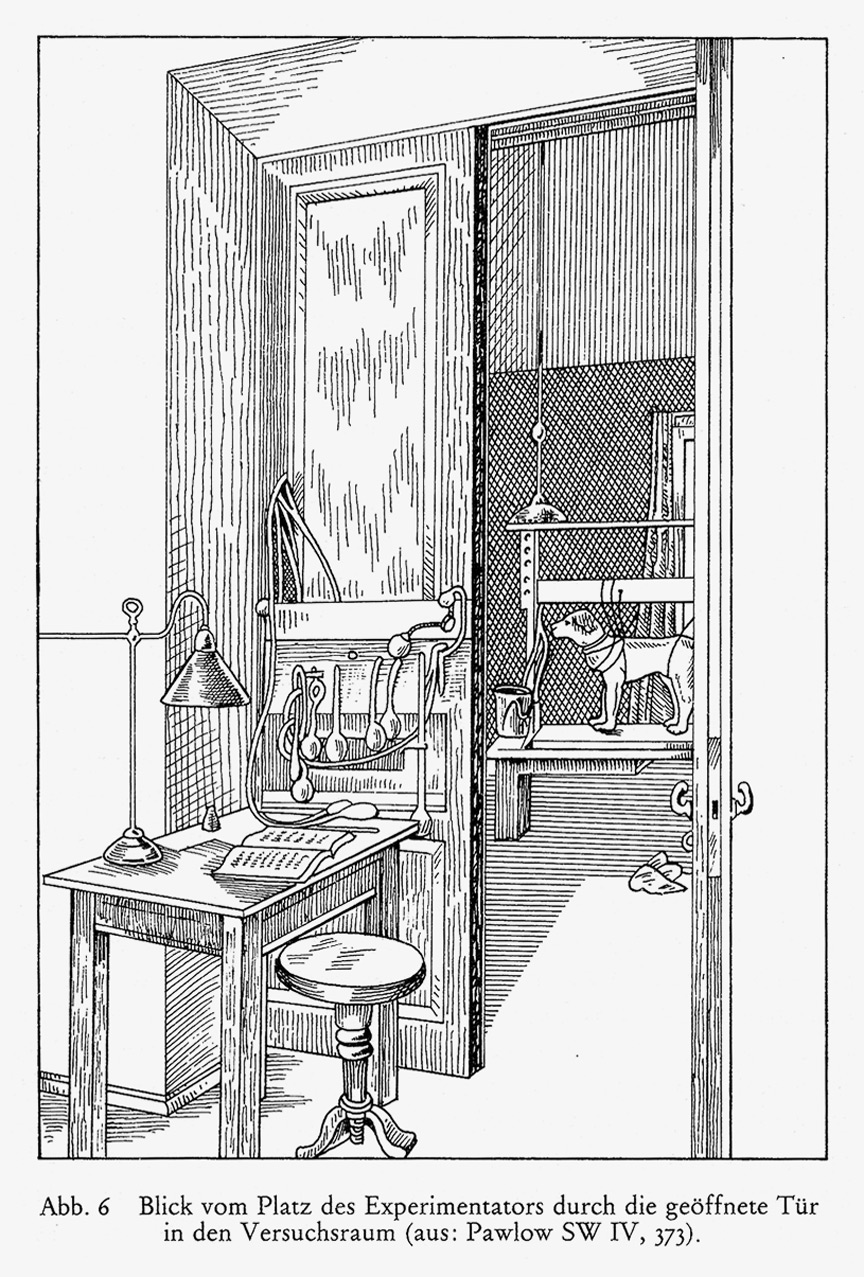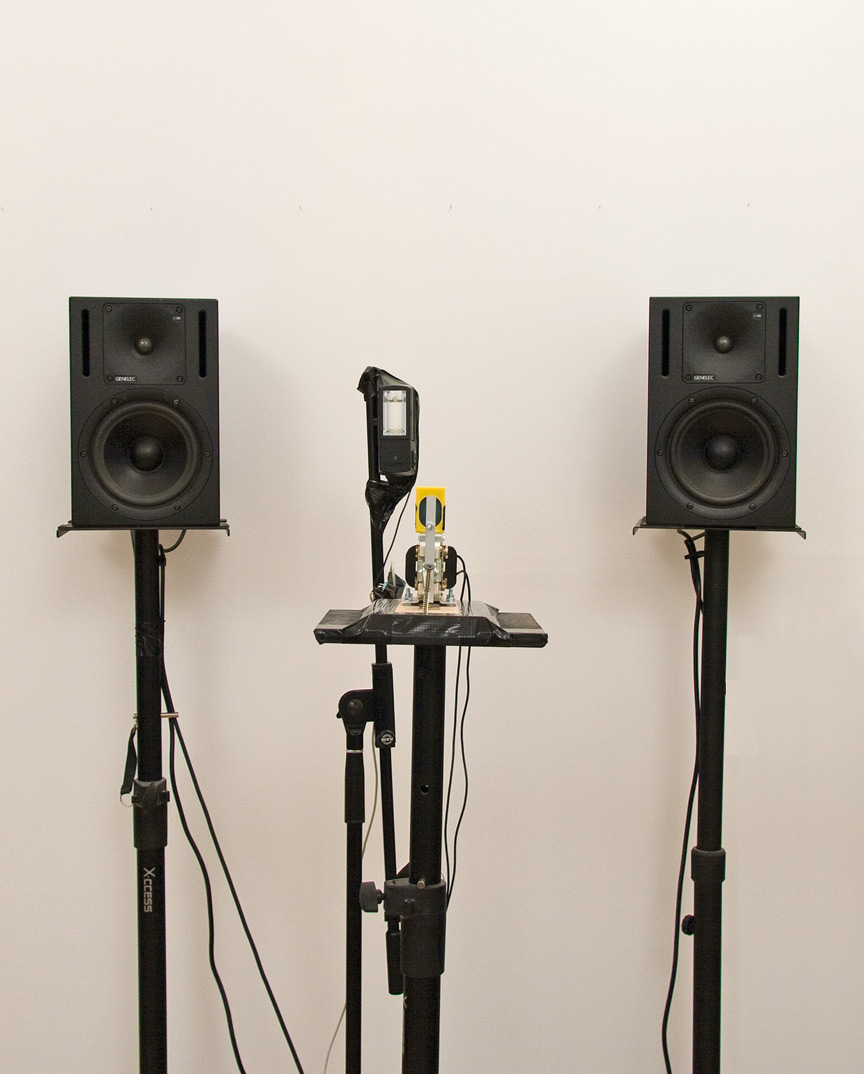Sport & Trauma
Synchronisation sequences
2007


In an isolated chamber, opposite a wooden chair, there are installed: one flash gun, a tin toy clicker as well as one pair of loudspeakers. The subjects enter this synchronisation chamber one by one. After closing the door and having taken a seat the first of three sequential synchronisation sequences starts. These sequences are computer controlled chronological arrangements of three basic stimuli; the flash of light and the impulse of the clicker toy triggered electro – mechanically by the computer as well as this impulse’s mediated version played back through the loudspeakers.

Music is always also an attempt to synchronise the recipients’ expectations to the composer’s projection of these. Sport & Trauma is a test setup for an enquiry into the effects of diverse stimuli, their mutual influence in time domain as well as the subjects’ expectations for continuation motivated by the stimuli’s arrangement in time. The synchronisation sequences attempt to bring into agreement concrete listener expectation with our predictions of it thus giving us the opportunity to playfully manoeuvre between fulfilment and disappointment. Sport & Trauma utilizes reduced sensory stimuli in a control-led environment and, by seducing its subjects into synchrony to our predictions, focuses on the structure of human perception.

The typical paradigm for classical conditioning involves repeatedly pairing a neutral stimulus (eliciting no response) with an unconditioned stimulus (always eliciting a response). After such repetitive pairings, the neutral stimulus becomes a conditioned stimulus and elicits a conditioned response which is very much similar to the unconditioned response brought forth by an unconditioned stimulus. Sport & Trauma expands the object of investigation – in classical conditioning the involuntary reflex – to the subjects’ interpretation of aural as well as visual stimuli and their expectations for the near future, which are steeped in their interpretation of the recent past.
